October 17, 2025
Days as a Scholar in Residence with Lisa Cadora
Scholar in Residence Program, 2025

Going to Ambleside
It has long been a desire of mine to bring to light what I have sensed are the metaphysical undergirdings of Charlotte Mason’s educational philosophy and practice, so when Dr Jen Spencer suggested we apply to the Charlotte Mason Institute (CMI) and the University of Cumbria’s Scholar-in-Residence (SIR) program so as to continue our research into parallels between Mason’s work and Personalism, I was eager to do so. This program provides funds toward travel and provides housing at the University of Cumbria”s Ambleside campus, the former site of Mason’s teacher’s college and center for the work of the Parents’ National Education Union.
Once Jen and I expressed interest in the Scholar-in-Residence program to Dr. Carroll Smith and Dr. Deani Van Pelt, we were sent general information and various forms to complete detailing our proposed project. In addition, we were instructed to request letters of recommendation from those familiar with our scholarship to be sent to CMI. Other documents to complete included a Statement of Intent and Accountability.
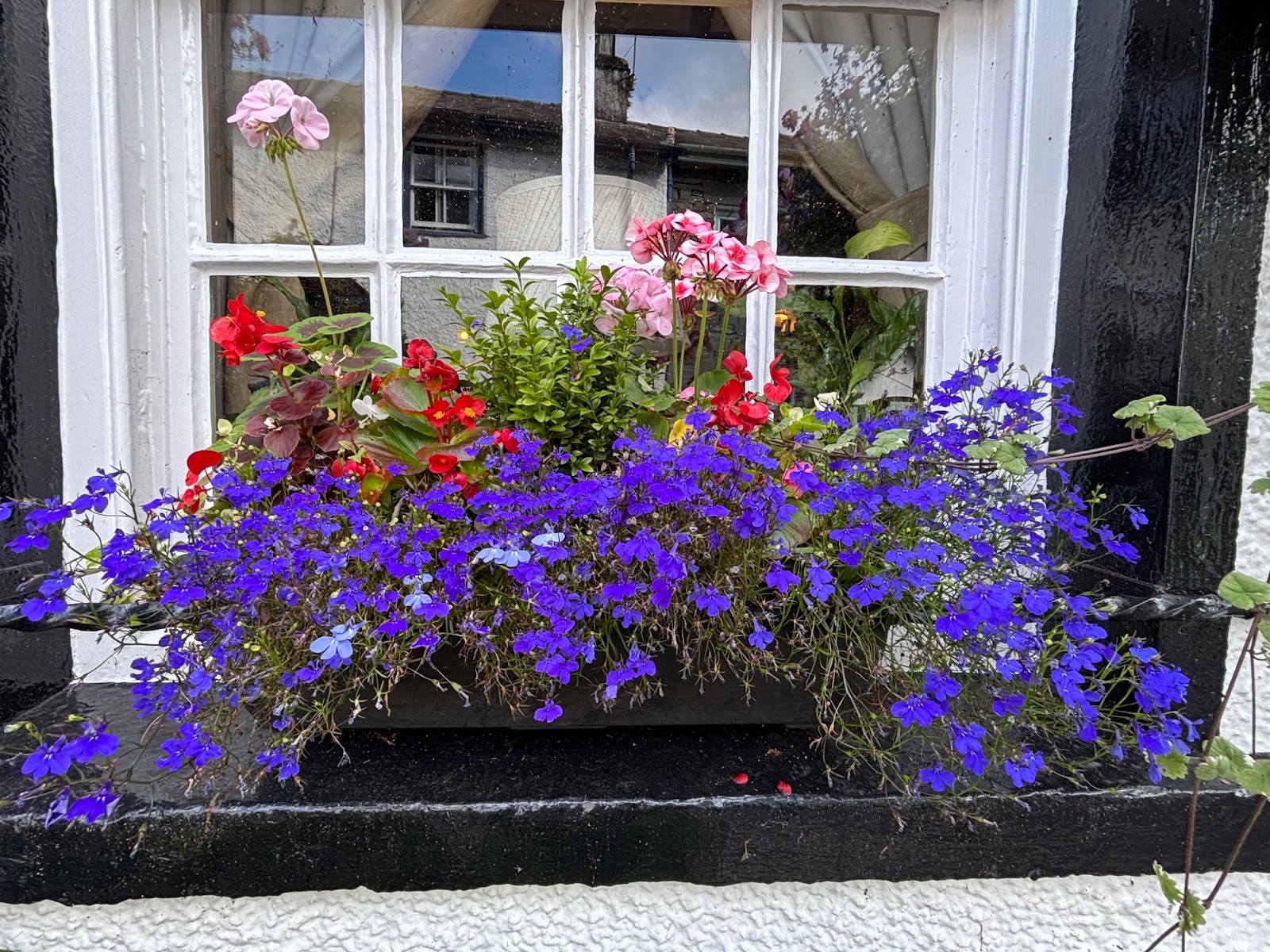
Our next steps upon receiving our letters of acceptance were coordinating dates for our residency with the Ambleside campus, setting dates and times for meetings and visits during our stay, and making travel arrangements to the UK from our respective cities. We both arranged to fly into London and make our way to the Lake District over the next several days as our particular research project involved meeting with individuals and making visits to archives in various locations between London and the Lake District. For the next several days, our travels took us north of London to Loughborough where we met with the founders of the British Personalist Forum, and to Cardiff, Wales, to view items pertinent to our project in the archives at Cardiff University.
In Residence
Arriving at last at the University of Cumbria campus in Ambleside, we made our way up the steep hill to the building called The Barn to officially check in and be shown to our cottage-turned-dormitory accommodations. Weary from travel by planes, trains, buses, taxis, and our own tired legs – we were excited to be on site and officially “in residence!”
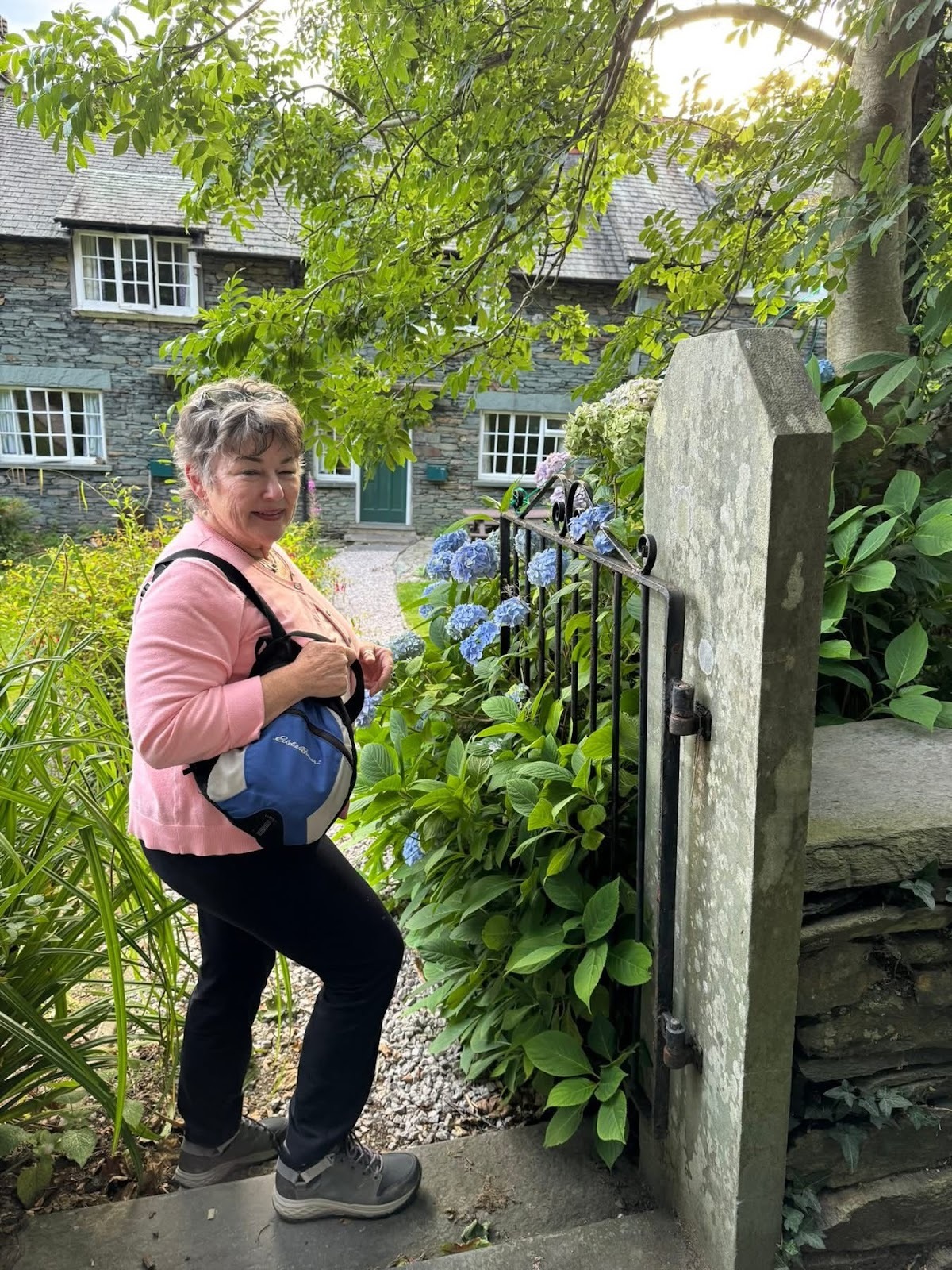
Our first day involved meeting with our gracious hostess, Professor Sally Elton-Chalcraft, who eagerly introduced us to a fellow Charlotte Mason researcher from Turkey. We immediately fell into delightful discussion of our various interests in Mason’s work. Later in the day, Jen and I explored the village for provisions with which to stock our small dormitory kitchen and to find a pharmacy for Jen who had caught the cold I had come down with previously somewhere between London and Cardiff.
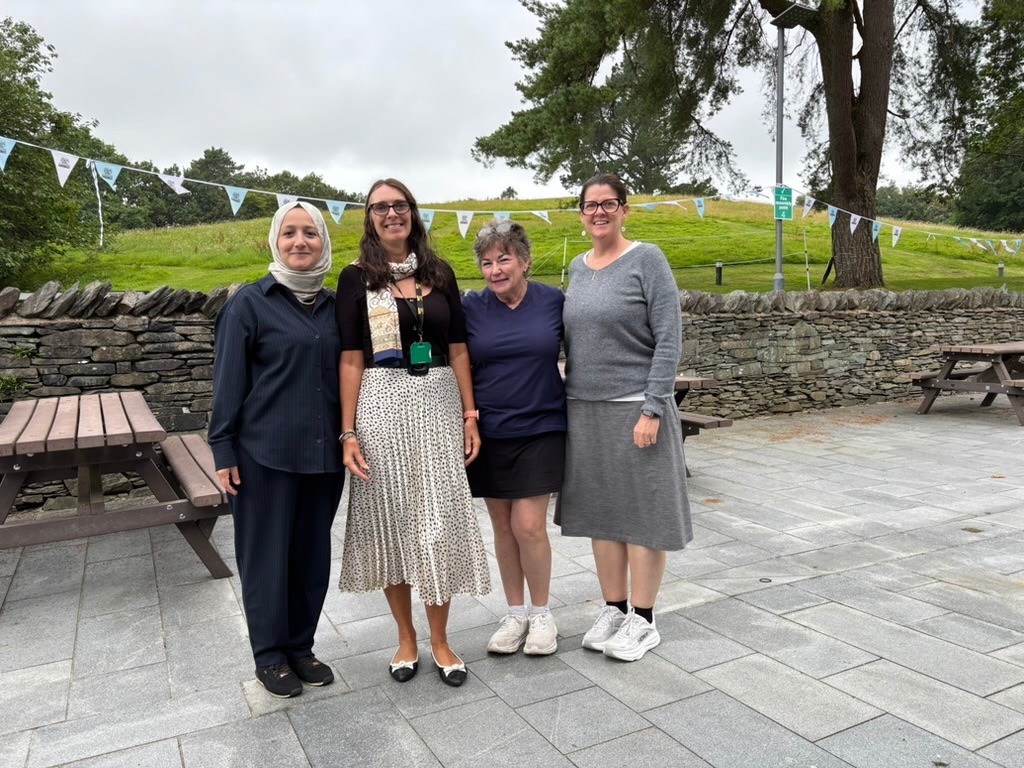
We also got our bearings on campus, discovering that the university’s library opened at 8:30am with staff on site to provide directions as to how to access the university’s databases, special collections, and other resources on campus. The Armitt, just at the bottom of the steep hill, charged a one-time fee of seven pounds good for the duration of our stay and was open Tuesday through Saturday, 10a-5p, plenty of time in which to mine the lode of riches therein.

And so we settled into something of a routine using morning into early afternoon hours for reading and meetings, and later afternoon hours for exploration. Indeed, after the intensity of study and deep thought, we found a ramble to be in order!
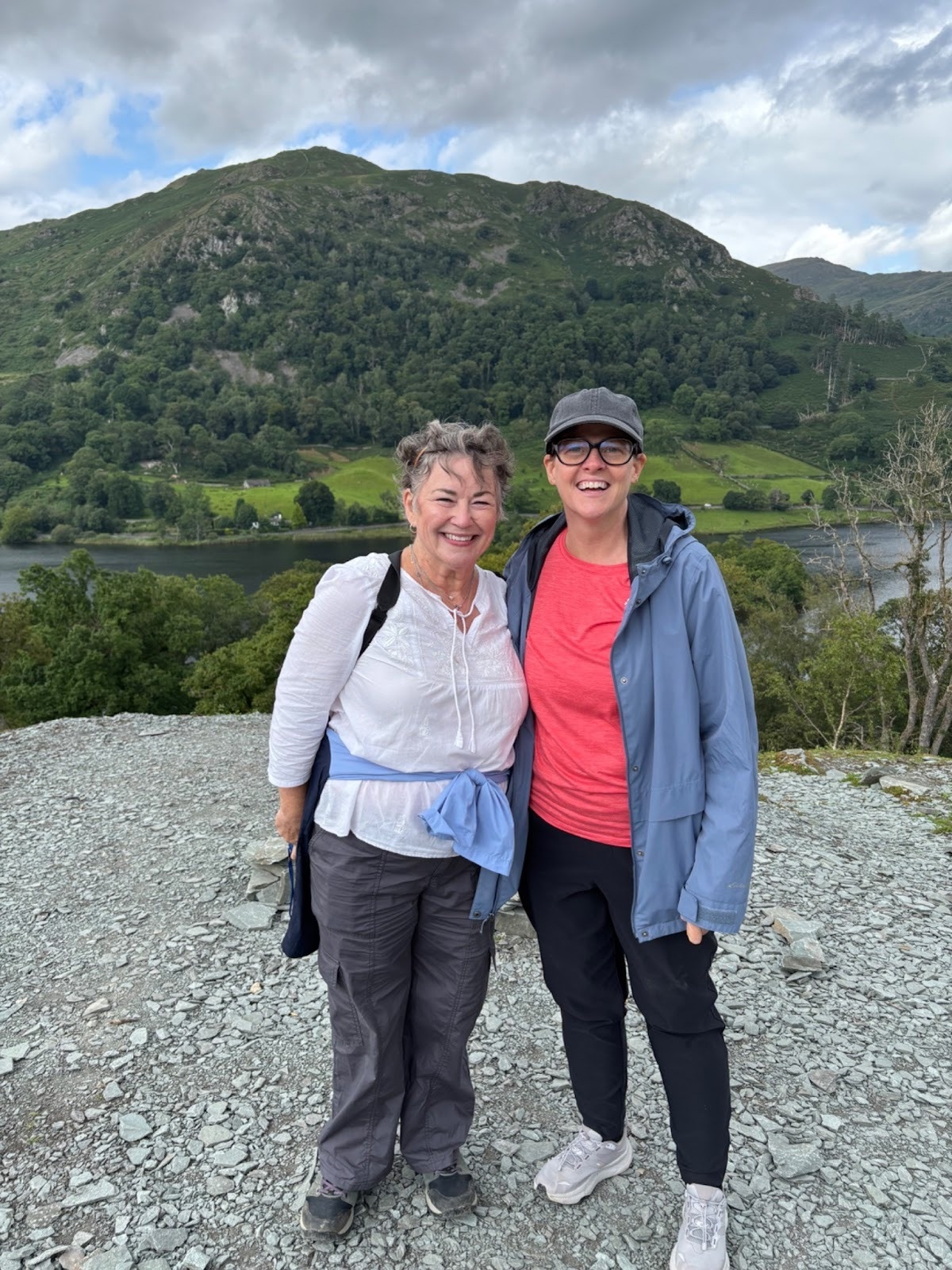
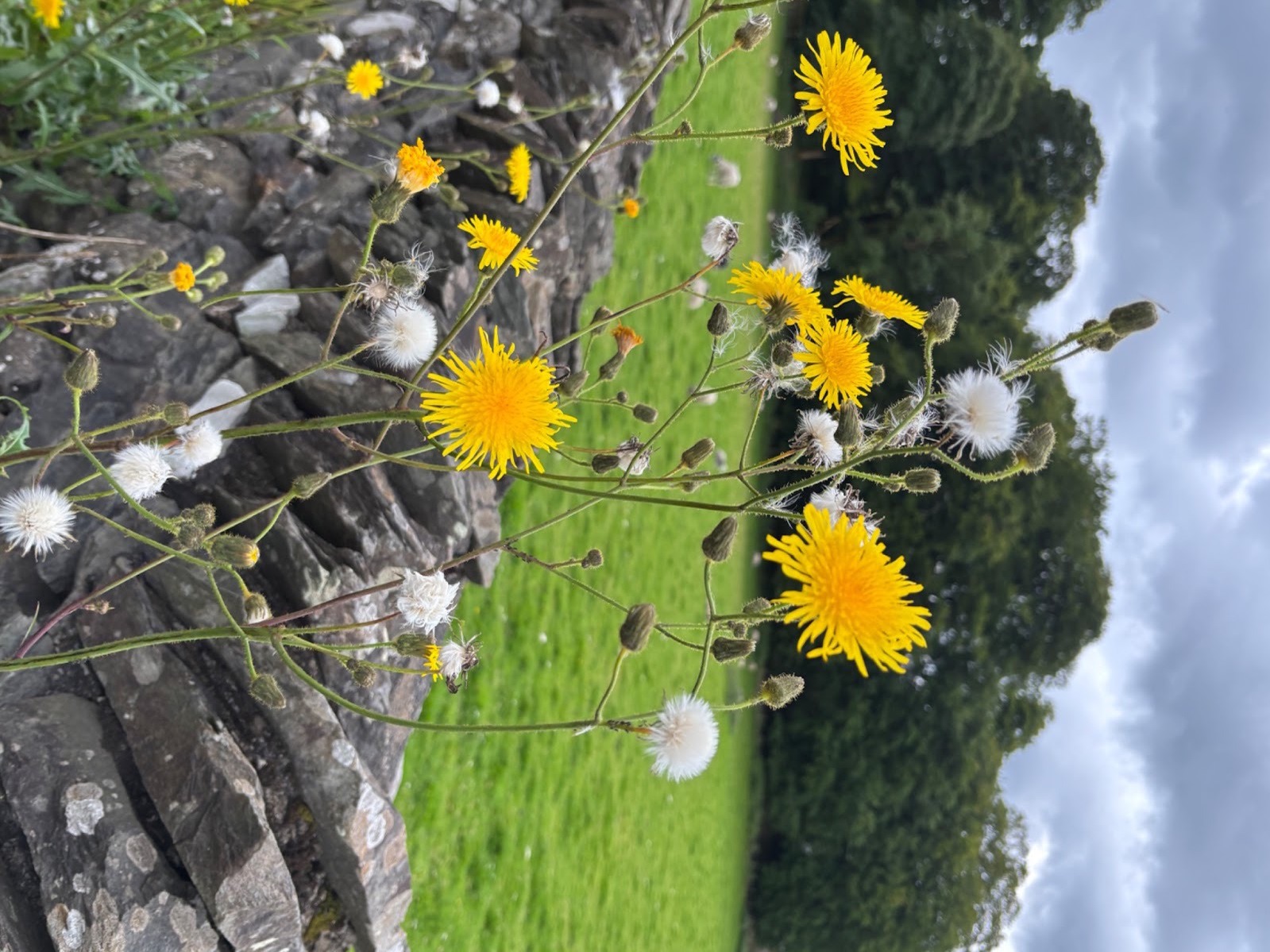
Living into the Location
There is, of course, a variety of excursions available in and around Ambleside ranging from an hour or so’s walks along waterways to lengthier and more strenuous full-on mountain climbs. All of it instills in one a deep appreciation of Mason having chosen to situate her teacher’s college in this part of England. Jen and I found maps and guides online and, for a few pounds, in the shops in the village. Jaunts of ours included Rydal Cave and Rydal Water, Grasmere, and High Sweden Bridge. Favorites of former Scholars-in-Residence are Stock Ghyl Force, the Coffin Road to Grasmere, and Loughrigg Fell. Also popular are Beatrix Potter’s Hill Top Farm in Hawkshead; John Ruskin’s home, Brantwood, at Coniston Water; Wordsworth’s Dove Cottage and Rydal Mount, and Lake Windermere.
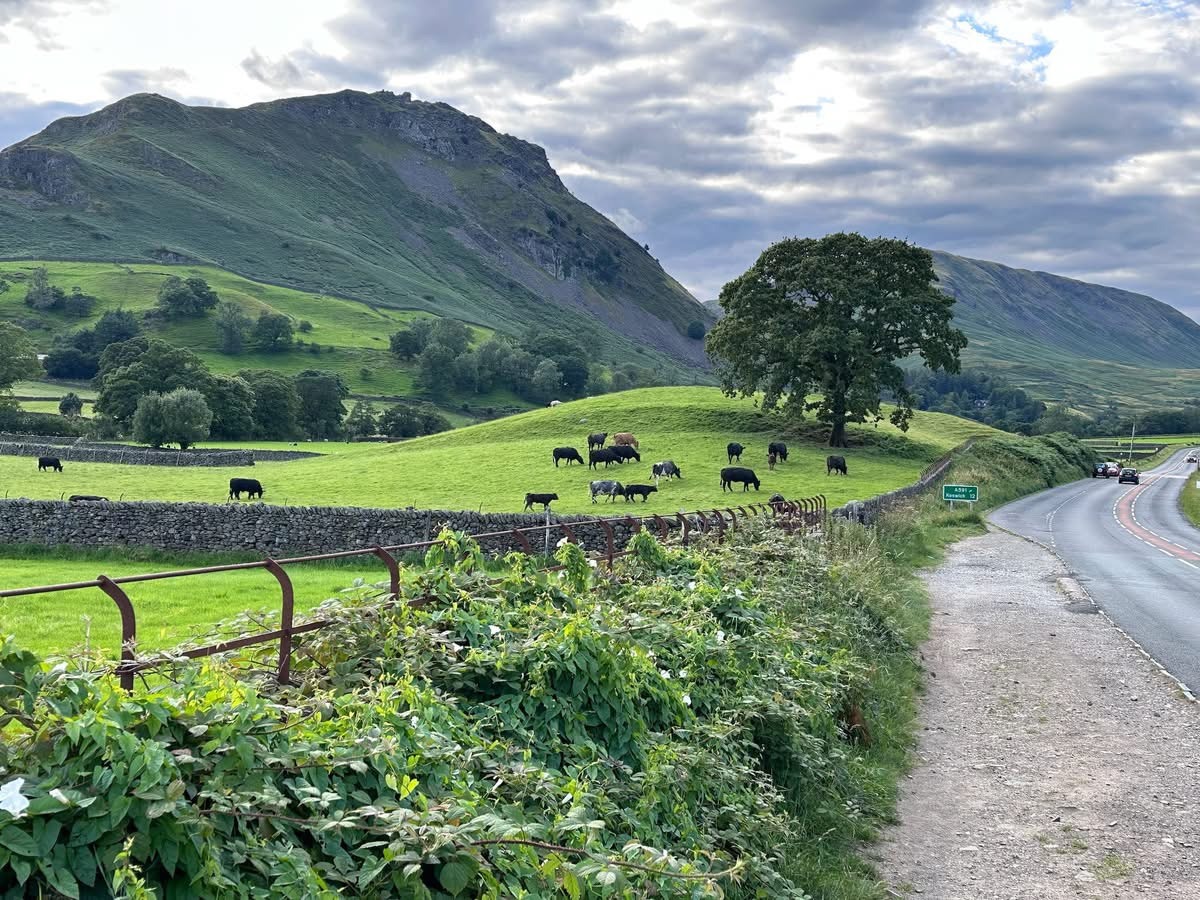
We didn’t hesitate to stop for a pint and bite to eat either along the way (The Badger Bar) or once back in Ambleside (The Golden Rule, The Priest Hole). There are many quaint pubs and restaurants to choose from, each with their own unique features and fare, and all of which admit the most unbelievably well-behaved dogs!
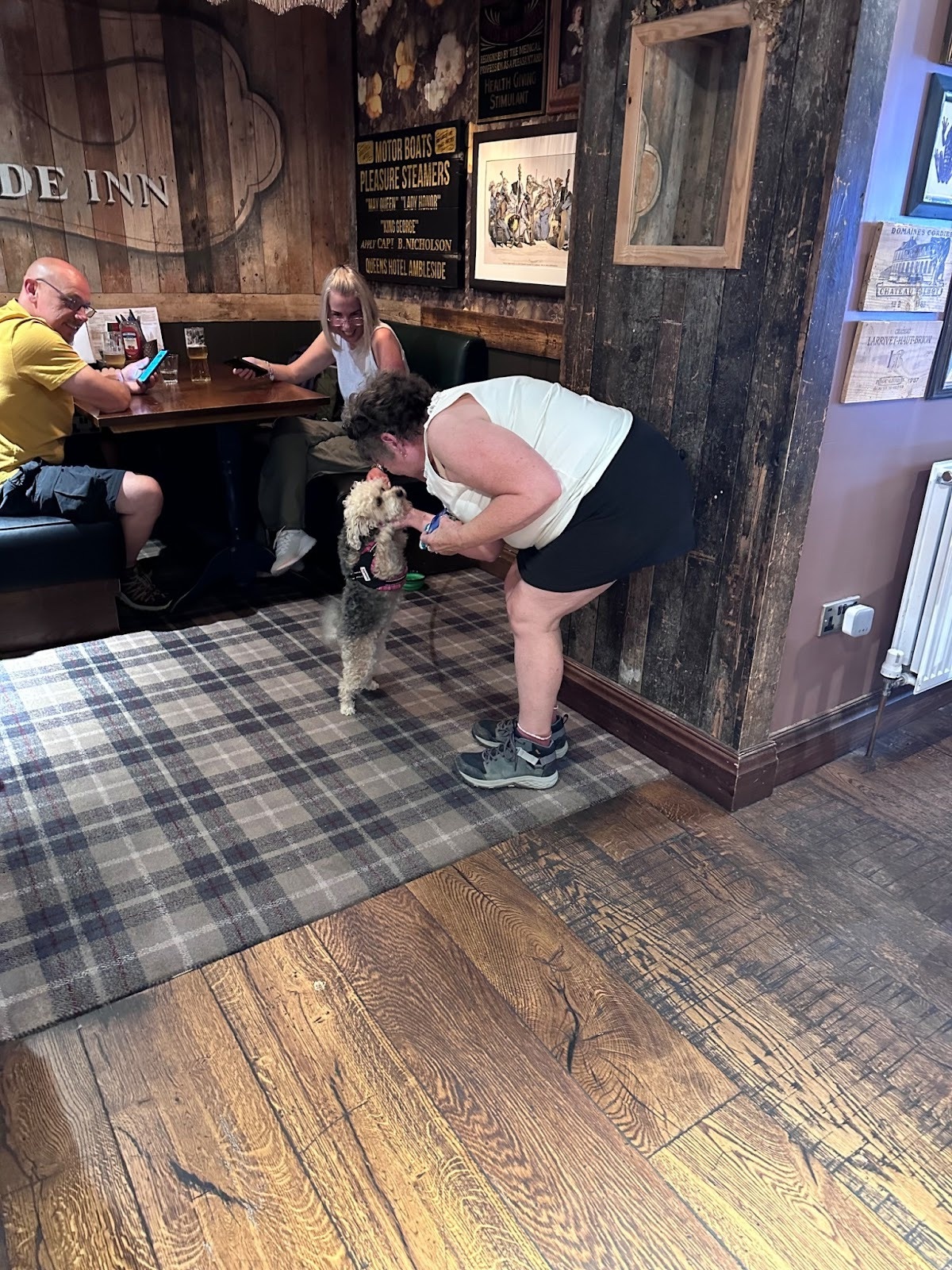
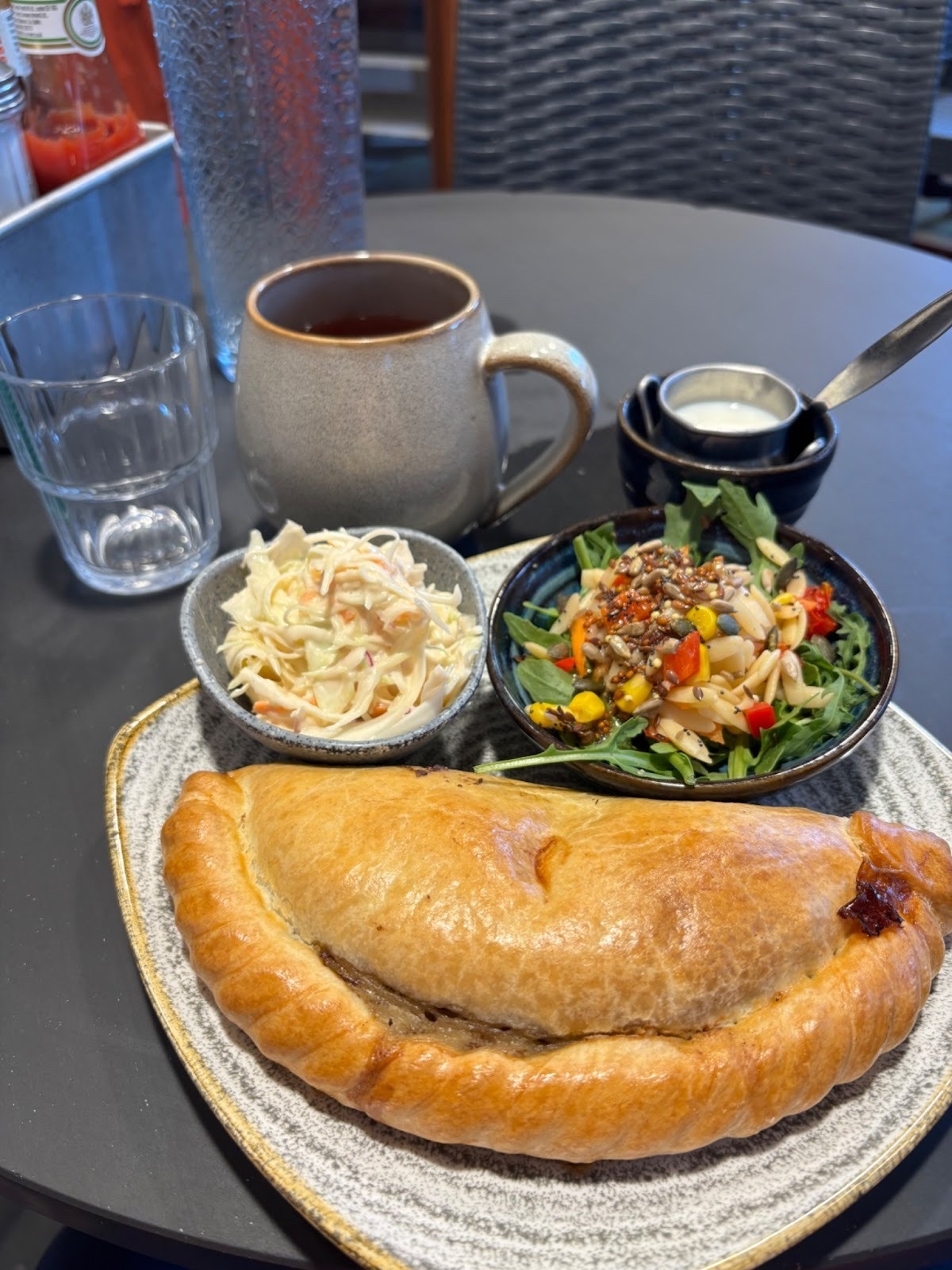
We soon realized that dining out each day can become expensive, and we were grateful for a lift on another day from our hostess to Booths in Windermere for provisions for light breakfasts, lunches and suppers. There was light until late into the evening during our July into August stay, so our days usually concluded with a spot of tea, conversation, and sometimes a bit more study before retiring. Because there is much to stimulate the scholarly brain, we found rest to be essential for our subconsciouses to assimilate all that we had taken in each day.
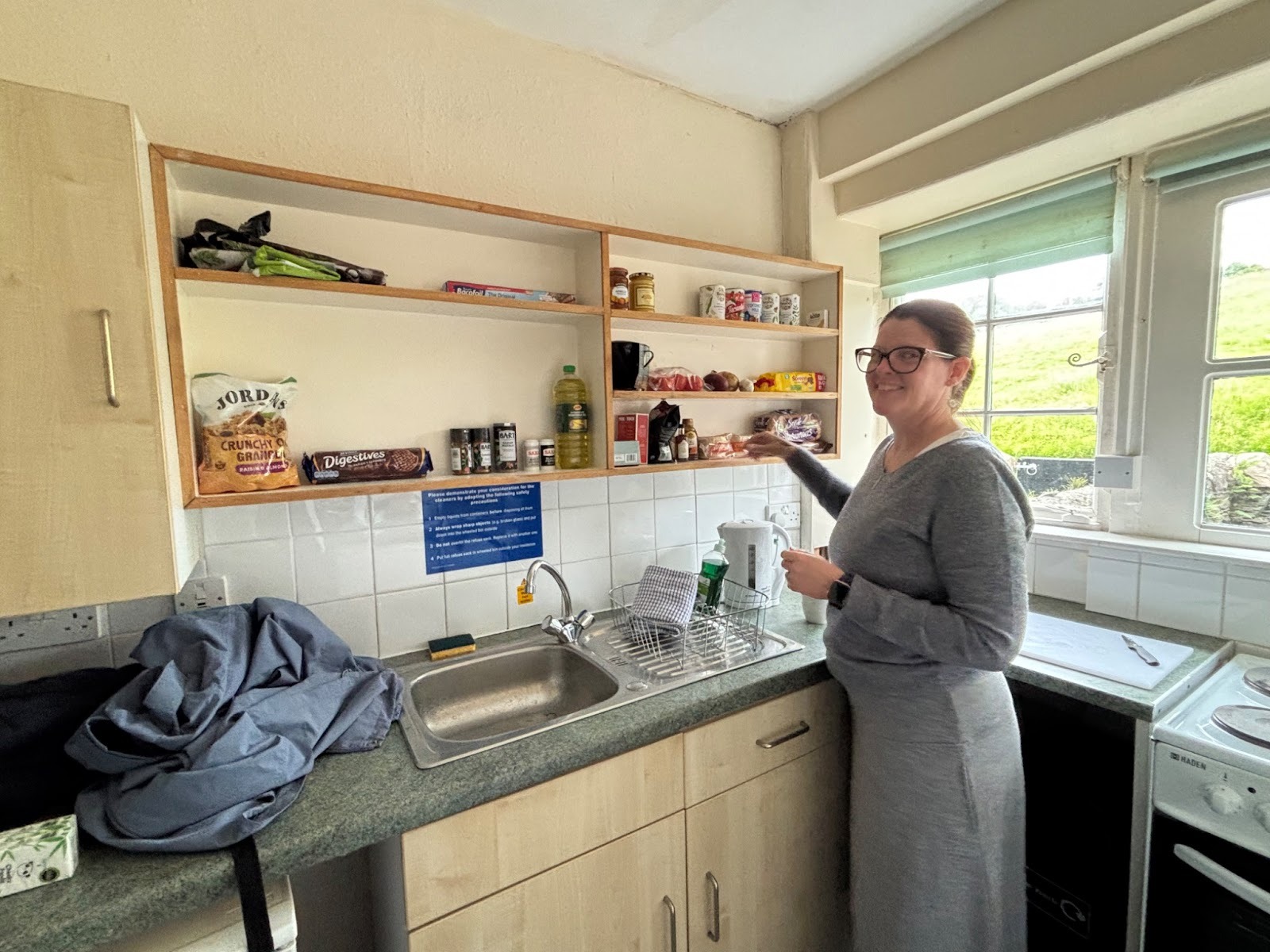
The Ambleside Advantage
In addition to access to the Mason archives at the Armitt Museum and to University of Cumbria students and faculty members who are involved in educational instruction and research, Jen and I discovered other advantages to being “in residence.” The luxury of being relieved of every-day duties and obligations to go deeply into research was truly a gift. Being able to walk among and even live in the buildings and surroundings that date back toMason’s time transports one by imagination to something of her context. Seeing with one’s own eyes and holding with one’s own hands Mason’s books, records, correspondences, and papers as well as those whose thought flourished alongside hers allowed us to make formerly unimagined and unexpected connections from her work and thought to the work and thought of those who came before her, those who were her contemporaries, and to those who continued to explore and expand her thought beyond her lifetime. In such a stimulating atmosphere, Jen and I couldn’t help but indulge ourselves in generating myriad topics into which future Scholars-in-Residence might delve!
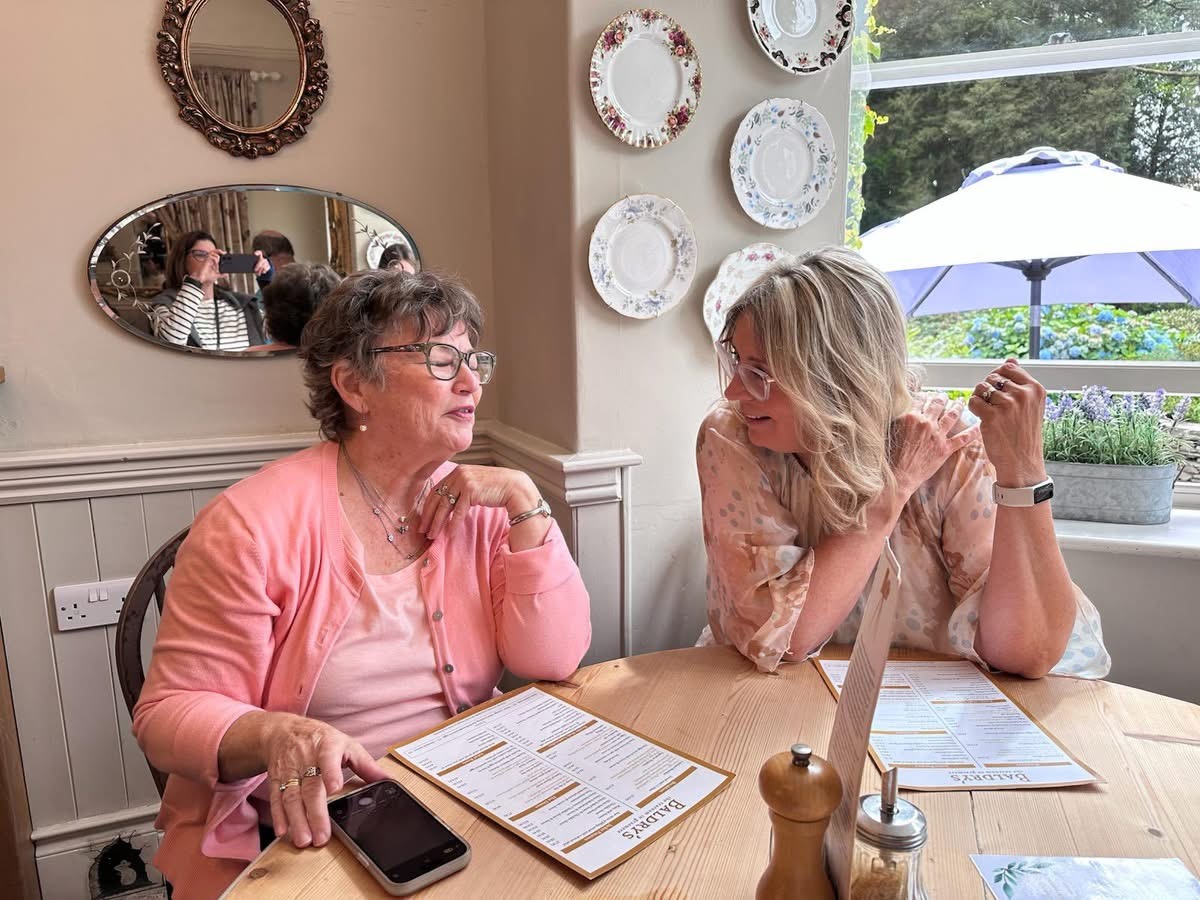

Bio
Lisa Cadora has studied Mason since providentially hearing of her from Ranald and Susan Macaulay at a Rochester, MN L’Abri Conference in the summer of 1982 while an undergraduate education major at Covenant College. Upon returning to school that fall, she found a few of Mason’s volumes in the college library and was entirely swept up in what she recognized as a much needed antidote to the decidedly mechanistic approach to teaching prevalent in most teacher education programs and even Christian education practice in those days. She was blessed to find a school some years later (Intown Community School) that employed Mason’s methods and has enjoyed a career of teaching, learning and sharing Mason’s ideas and practice with those who endeavor to bring a “sane” education to children and families in diverse settings. Lisa lives in Cincinnati with her husband Matt who is a PCA pastor and two dachshunds who preside over home security. She is a catechist in The Catechesis of the Good Shepherd children’s spiritual formation program at Faith Presbyterian Church, and the director of Great River Learning, a non-profit organization that brings Charlotte Mason education to Cincinnati in the forms of classes for homeschooled children, in-service training for schools, and educational rehabilitation to students of all ages, shapes and sizes. She develops CMI’s reading curriculum, and holds a B. S. in Early Childhood Education from Covenant College and a M. Ed. in Literacy Instruction from Georgia State University.

